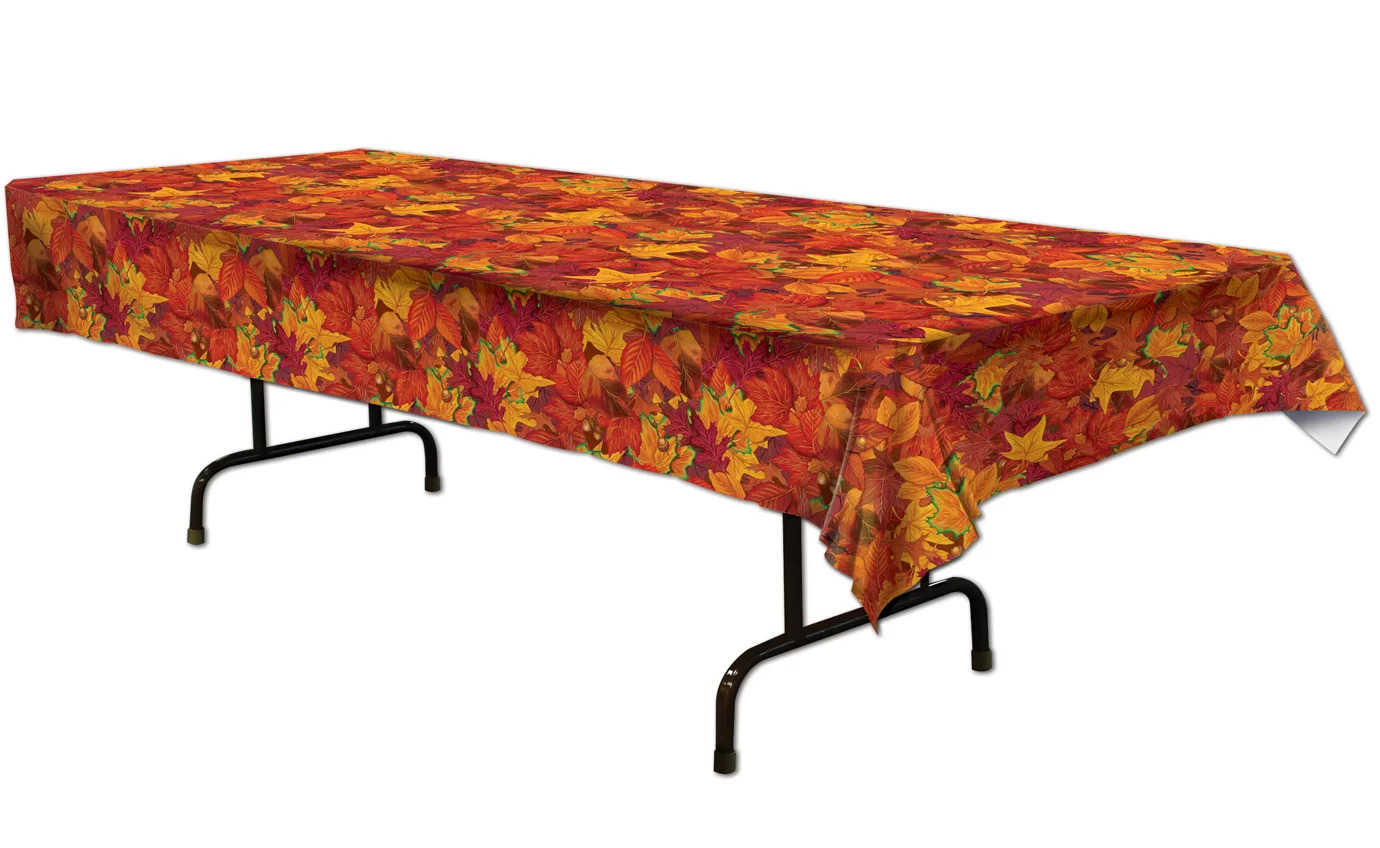

Tableware
What Is A PEVA Tablecloth?
Modified: December 7, 2023
Discover the versatility of PEVA tablecloths for your tableware needs. Learn what a PEVA tablecloth is and how it can enhance your dining experience.
(Many of the links in this article redirect to a specific reviewed product. Your purchase of these products through affiliate links helps to generate commission for Storables.com, at no extra cost. Learn more)
Introduction
Tablecloths play a significant role in enhancing the visual appeal of any dining space. Whether it’s a casual breakfast or a formal dinner party, a well-chosen tablecloth can instantly elevate the ambiance. One popular type of tablecloth that has gained popularity in recent years is the PEVA tablecloth.
PEVA, short for Polyethylene Vinyl Acetate, is a versatile and eco-friendly material used in various applications, including tablecloths. In this article, we will explore the definition, characteristics, advantages, and disadvantages of PEVA tablecloths. We will also delve into their uses, maintenance, and how they compare to other tablecloth materials.
So, if you’re considering purchasing a new tablecloth or want to learn more about this unique material, keep reading to discover everything you need to know about PEVA tablecloths.
Key Takeaways:
- PEVA tablecloths are a practical and eco-friendly choice, offering water resistance, easy maintenance, and durability. They are versatile for everyday use, special occasions, and outdoor events, making them a go-to option for various dining needs.
- While PEVA tablecloths may have limitations such as heat resistance and design options, their benefits, including stain resistance and eco-friendliness, outweigh these drawbacks. Consider the specific occasion and maintenance level to make an informed choice.
Read more: What Is Peva Material Shower Curtain
Definition of PEVA Tablecloth
A PEVA tablecloth is a type of tablecloth made from Polyethylene Vinyl Acetate (PEVA) material. It is a synthetic blend that combines the durability of polyethylene with the flexibility and softness of vinyl acetate. PEVA is known for its water-resistant and lightweight properties, making it an excellent choice for tablecloth applications.
PEVA tablecloths are typically transparent or semi-transparent, allowing the beauty of the underlying table or tablecloth design to shine through. They come in a variety of sizes, shapes, and designs to suit different tastes and occasions. From rectangular to round and oval, PEVA tablecloths offer versatility in terms of shape options.
One of the key features of PEVA tablecloths is their ease of use and maintenance. They do not require any special cleaning methods and can be easily wiped clean with a damp cloth. Additionally, they are resistant to stains, spills, and mildew, making them a practical choice for both indoor and outdoor dining.
PEVA tablecloths are also considered an eco-friendly option compared to traditional tablecloth materials. They are free from harmful chemicals such as PVC (Polyvinyl Chloride) and chlorine, making them a safer choice for both people and the environment. Their recyclable nature further adds to their eco-friendly appeal.
In summary, a PEVA tablecloth is a transparent or semi-transparent tablecloth made from Polyethylene Vinyl Acetate (PEVA) material. It offers practicality, ease of use, and environmental friendliness, making it a popular choice among homeowners and event planners alike.
Characteristics of PEVA Tablecloth
PEVA tablecloths possess a range of characteristics that make them a desirable choice for both casual and formal dining settings. Let’s explore some of the key characteristics of PEVA tablecloths:
- Water-Resistant: PEVA tablecloths have excellent water resistance, preventing liquid spills from seeping through and damaging the table underneath. This characteristic is especially beneficial for outdoor gatherings or households with young children.
- Lightweight and Flexible: PEVA is a lightweight material, making these tablecloths easy to handle, fold, and store. Their flexibility allows for effortless draping over tables of different shapes and sizes.
- Transparent or Semi-Transparent: PEVA tablecloths are available in various levels of transparency, allowing them to showcase the beauty of the table or the design of an underlying tablecloth without being too overpowering.
- Stain and Spill Resistance: PEVA tablecloths are resistant to stains caused by food, beverages, and common household spills. This characteristic ensures that they remain in pristine condition, even after multiple uses.
- Easy Maintenance: Cleaning a PEVA tablecloth is a breeze. They can be easily wiped clean with a damp cloth or sponge, saving you time and effort. Unlike traditional fabric tablecloths, PEVA does not require laundering or ironing.
- Durable: Despite their lightweight nature, PEVA tablecloths are surprisingly durable. They are resistant to tearing, fraying, and general wear and tear, ensuring that they can withstand frequent use without losing their attractiveness.
- Eco-Friendly: PEVA is considered a more environmentally friendly option compared to materials like PVC. It is chlorine-free and does not release toxic gases when disposed of. PEVA tablecloths are also recyclable, reducing their impact on the environment.
These characteristics collectively contribute to the popularity and usefulness of PEVA tablecloths. Their practicality, versatility, and ease of maintenance make them an excellent choice for everyday dining, special occasions, or outdoor events.
Advantages of PEVA Tablecloth
PEVA tablecloths offer several advantages that make them a preferred choice for many homeowners and event planners. Let’s explore the key advantages of using PEVA tablecloths:
- Water-Resistant: PEVA tablecloths have excellent water resistance, protecting your table from spills and preventing damage. This feature is especially beneficial for outdoor events or households with children.
- Easy to Clean: PEVA tablecloths are incredibly easy to clean. In most cases, a simple wipe with a damp cloth is sufficient to remove any spills or stains. This saves time and effort compared to traditional fabric tablecloths that require laundering and ironing.
- Stain and Spill Resistance: PEVA is naturally resistant to stains and spills. This characteristic ensures that your tablecloth remains in pristine condition even when accidents happen. Simply wipe off the spill, and your tablecloth will look as good as new.
- Durable: Despite being lightweight, PEVA tablecloths are surprisingly durable. They can withstand regular use without losing their aesthetics or structural integrity. This makes them suitable for both everyday dining and special occasions.
- Versatile: PEVA tablecloths come in a variety of sizes, shapes, and designs to suit different table dimensions and aesthetic preferences. Whether you have a round, rectangular, or oval table, you can easily find a PEVA tablecloth that fits perfectly.
- Transparent or Semi-Transparent: PEVA tablecloths allow you to showcase the natural beauty of your table or any intricate design of an underlying tablecloth. The transparency of PEVA adds an elegant touch to your dining setup.
- Environmentally Friendly: PEVA is a safer and more eco-friendly alternative to tablecloth materials like PVC. It is chlorine-free and does not release toxic gases when disposed of. Moreover, PEVA tablecloths are recyclable, reducing their environmental impact.
Overall, the advantages of PEVA tablecloths make them a practical and attractive option for both indoor and outdoor dining. Their water resistance, ease of cleaning, durability, versatility, and eco-friendliness set them apart from traditional fabric tablecloths.
Disadvantages of PEVA Tablecloth
While PEVA tablecloths offer numerous advantages, they also have a few disadvantages that should be taken into consideration. Let’s explore some of the potential drawbacks of using PEVA tablecloths:
- Not Heat Resistant: PEVA has a lower heat resistance compared to some other tablecloth materials, such as polyester or cotton. Placing hot dishes or utensils directly on a PEVA tablecloth may cause the material to melt or warp. It is recommended to use trivets or hot pads to protect the tablecloth from excessive heat.
- Not Wrinkle Resistant: Unlike fabric tablecloths that can be ironed to remove wrinkles, PEVA tablecloths are not wrinkle resistant. They may crease or fold during storage, requiring extra care to smoothen out the wrinkles before use.
- Limited Design Options: PEVA tablecloths offer a limited range of designs and patterns compared to fabric tablecloths. While they are transparent or semi-transparent, finding intricate or decorative designs may be more challenging. However, solid-colored PEVA tablecloths with subtle textures are widely available.
- Less Formal Appearance: PEVA tablecloths, due to their transparent or semi-transparent nature, may have a less formal appearance compared to opaque fabric tablecloths. This may be a consideration for formal events or settings that require a more elegant and refined aesthetic.
- Less Texture Options: PEVA tablecloths typically have a smooth and glossy surface, lacking the texture that fabric tablecloths provide. If you prefer the tactile experience and texture of fabric, PEVA may not fulfill that preference.
- Not Biodegradable: While PEVA is considered an eco-friendly alternative to materials like PVC, it is not biodegradable. When it reaches the end of its lifespan, proper disposal methods should be followed, such as recycling or sending it to a waste management facility.
Despite these potential drawbacks, PEVA tablecloths are still a popular choice for various dining occasions. It is important to assess your specific needs and preferences to determine if these disadvantages are significant considerations for your tablecloth selection.
A PEVA tablecloth is a type of tablecloth made from polyethylene vinyl acetate, which is a non-toxic, PVC-free alternative to traditional vinyl. It is waterproof, easy to clean, and can be used both indoors and outdoors.
Read more: What Is An Oilcloth Tablecloth?
Uses of PEVA Tablecloth
PEVA tablecloths have a wide range of applications and are suitable for various occasions. Let’s explore some of the common uses of PEVA tablecloths:
- Everyday Dining: PEVA tablecloths are perfect for everyday use in homes. Their water-resistant and stain-resistant properties make them a practical choice for protecting the dining table from spills and food stains. They are easy to clean and require minimal maintenance, making them ideal for busy households.
- Casual Gatherings: PEVA tablecloths are well-suited for casual gatherings such as BBQ parties, picnics, or outdoor events. Their water resistance and lightweight nature make them convenient for outdoor dining, where spills and moisture are more likely to occur.
- Special Occasions: Depending on the design and style, PEVA tablecloths can be used for special occasions such as birthday parties, baby showers, or holiday celebrations. Solid-colored or subtly patterned PEVA tablecloths can help create a visually appealing backdrop for your event decor.
- Kids’ Parties: PEVA tablecloths are particularly popular for kids’ parties due to their practicality. They are easy to wipe clean in case of spills or messes, and their semi-transparency adds a fun and festive touch to the table settings.
- Outdoor Dining: PEVA tablecloths are a popular choice for outdoor dining experiences. They are resistant to outdoor elements like sunlight, moisture, and mildew, making them suitable for patio dinners, garden parties, or camping trips.
- Event Planning: Event planners often utilize PEVA tablecloths for their versatility and convenience. They can be easily customized to fit different table sizes and dimensions. Additionally, their lightweight nature makes setup and takedown for events more manageable.
- Restaurants and Cafes: PEVA tablecloths are a practical option for restaurants and cafes. Their water-resistant and stain-resistant properties provide added protection to the tables, while their easy cleaning and low maintenance make them an efficient choice for businesses.
These are just a few examples of the various uses of PEVA tablecloths. Whether it’s for everyday dining, special occasions, outdoor events, or commercial purposes, PEVA tablecloths offer practicality, durability, and aesthetic appeal.
Maintenance and Care for PEVA Tablecloth
Maintaining and caring for a PEVA tablecloth is a simple and straightforward process. With proper care, your PEVA tablecloth will remain in excellent condition for a long time. Here are some tips to help you maintain and care for your PEVA tablecloth:
- Regular Cleaning: Clean your PEVA tablecloth after each use to prevent stains and dirt from setting in. Wipe the tablecloth with a damp cloth or sponge to remove any food debris or spills. Avoid using harsh chemicals or abrasive cleaners, as they may damage the surface of the tablecloth.
- Stain Removal: In case of stubborn stains, you can use a mild dish soap mixed with water to gently scrub the affected area. Rinse thoroughly with water and wipe dry. Avoid using bleach or strong stain removers, as they may discolor or damage the tablecloth.
- Storage: When not in use, make sure to properly store your PEVA tablecloth. Clean and dry the tablecloth completely before folding or rolling it up. Avoid creases and wrinkles by loosely rolling or folding the tablecloth and storing it in a dry and cool place.
- Heat Protection: PEVA tablecloths have lower heat resistance compared to fabric tablecloths. To protect your tablecloth from heat damage, use trivets, hot pads, or place mats when placing hot dishes or utensils on the tablecloth. Direct contact with hot objects can cause the PEVA material to melt or warp.
- Avoid Sharp Objects: Be cautious when using sharp objects such as knives or forks on the PEVA tablecloth. While the material is durable, excessive force or misuse of sharp objects can cause cuts or punctures. Use cutting boards or placemats for cutting or slicing food.
- Avoid Prolonged Sun Exposure: Prolonged exposure to direct sunlight can cause the colors of the PEVA tablecloth to fade over time. It is advisable to protect your tablecloth from direct sunlight by using shades, curtains, or placing the table indoors if possible.
- Replace When Damaged: Although PEVA tablecloths are durable, they may wear out or sustain damage over time. If you notice any tears, holes, or significant damage to the tablecloth, it is best to replace it to maintain its functionality and appearance.
By following these maintenance and care tips, you can extend the lifespan of your PEVA tablecloth and keep it looking clean and attractive for years to come. The low maintenance nature of PEVA tablecloths is one of the reasons they are a popular choice among homeowners and event planners.
Comparison with other Tablecloth Materials
When selecting a tablecloth material, it’s important to consider the characteristics and benefits of various options. Let’s compare PEVA tablecloths to other commonly used tablecloth materials:
- Fabric Tablecloths: Fabric tablecloths, such as cotton, polyester, or linen, offer a luxurious and elegant look. They come in a wide range of designs, colors, and textures, allowing for more creativity in table settings. However, fabric tablecloths require more maintenance, including laundering, ironing, and stain removal. They may also be more prone to wrinkles, stains, and fading compared to PEVA tablecloths.
- Vinyl Tablecloths: Vinyl tablecloths are similar to PEVA tablecloths in terms of water resistance and easy maintenance. However, vinyl tablecloths often have a plastic-like texture and can be less environmentally friendly compared to PEVA. They may also have a limited range of designs and colors.
- Polyester Tablecloths: Polyester tablecloths are highly durable, wrinkle-resistant, and stain-resistant. They offer a wide variety of designs, patterns, and colors. Polyester tablecloths require minimal maintenance and can withstand frequent use. However, they may not have the same level of water resistance as PEVA tablecloths and can be less transparent or translucent.
- Paper Tablecloths: Paper tablecloths are a budget-friendly option for temporary uses and disposable occasions. They are lightweight, easy to clean up, and offer a wide range of designs. However, paper tablecloths are not as durable as PEVA or fabric tablecloths and cannot withstand spills or heavy use.
- Oilcloth Tablecloths: Oilcloth tablecloths are made by applying a PVC or vinyl coating onto a cotton or polyester fabric. They offer water resistance and easy cleaning, similar to PEVA tablecloths. However, oilcloth tablecloths may have a distinct odor and may not be as transparent or flexible as PEVA tablecloths.
When comparing PEVA tablecloths with other materials, it’s essential to consider your specific needs and preferences. PEVA tablecloths offer a balance between practicality, durability, and aesthetic appeal. They are a water-resistant, low-maintenance option that is suitable for everyday use, outdoor events, and casual gatherings. Additionally, their eco-friendly nature sets them apart from materials like PVC or oilcloth.
Ultimately, the choice of tablecloth material depends on the occasion, desired aesthetic, and level of maintenance you are willing to undertake. Consider the advantages and limitations of each material to make an informed decision that suits your specific requirements.
Conclusion
PEVA tablecloths are a versatile and practical choice for enhancing the aesthetics of any dining space. Made from Polyethylene Vinyl Acetate, these tablecloths offer a range of benefits that make them popular among homeowners, event planners, and businesses.
PEVA tablecloths are known for their water resistance, easy maintenance, and durability. They are lightweight, flexible, and available in transparent or semi-transparent options, allowing the beauty of the table or underlying design to shine through. These tablecloths are stain-resistant, making them ideal for everyday use, casual gatherings, and outdoor events where spills are likely to occur.
While PEVA tablecloths have their advantages, they also have some limitations. They are not as heat resistant as fabric tablecloths and may require precautions when placing hot objects on them. Additionally, their design options may not be as extensive as fabric tablecloths, and they may have a less formal appearance.
However, the convenience, practicality, and eco-friendliness of PEVA tablecloths outweigh these limitations for many. They are easy to clean, require minimal maintenance, and are considered a safer alternative to materials like PVC. Their versatility and wide-ranging uses, from everyday dining to special occasions, make them a go-to choice for tablecloth needs.
In comparison to other tablecloth materials, PEVA stands out with its water resistance, lightweight feel, and environmentally friendly properties. While fabric tablecloths offer a luxurious look, PEVA tablecloths provide an excellent balance of functionality and aesthetics.
In conclusion, PEVA tablecloths offer an attractive alternative to traditional fabric tablecloths. Whether you’re hosting a casual gathering, planning a special event, or simply want an easy-to-maintain tablecloth for everyday use, PEVA tablecloths provide the practicality and visual appeal you desire. Consider the advantages and limitations of PEVA tablecloths, along with your specific needs, to make an informed choice for your tablecloth selection.
Frequently Asked Questions about What Is A PEVA Tablecloth?
Was this page helpful?
At Storables.com, we guarantee accurate and reliable information. Our content, validated by Expert Board Contributors, is crafted following stringent Editorial Policies. We're committed to providing you with well-researched, expert-backed insights for all your informational needs.
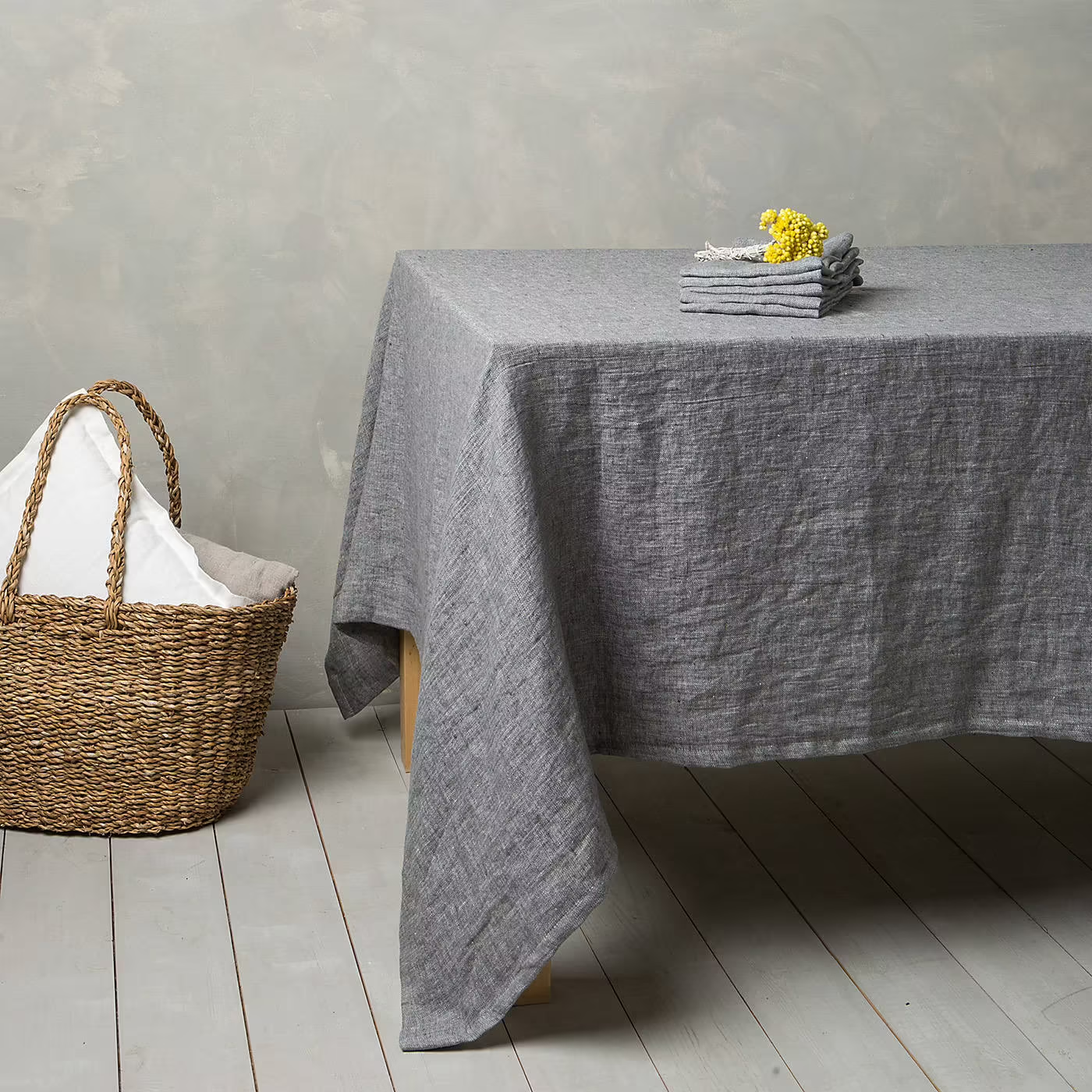
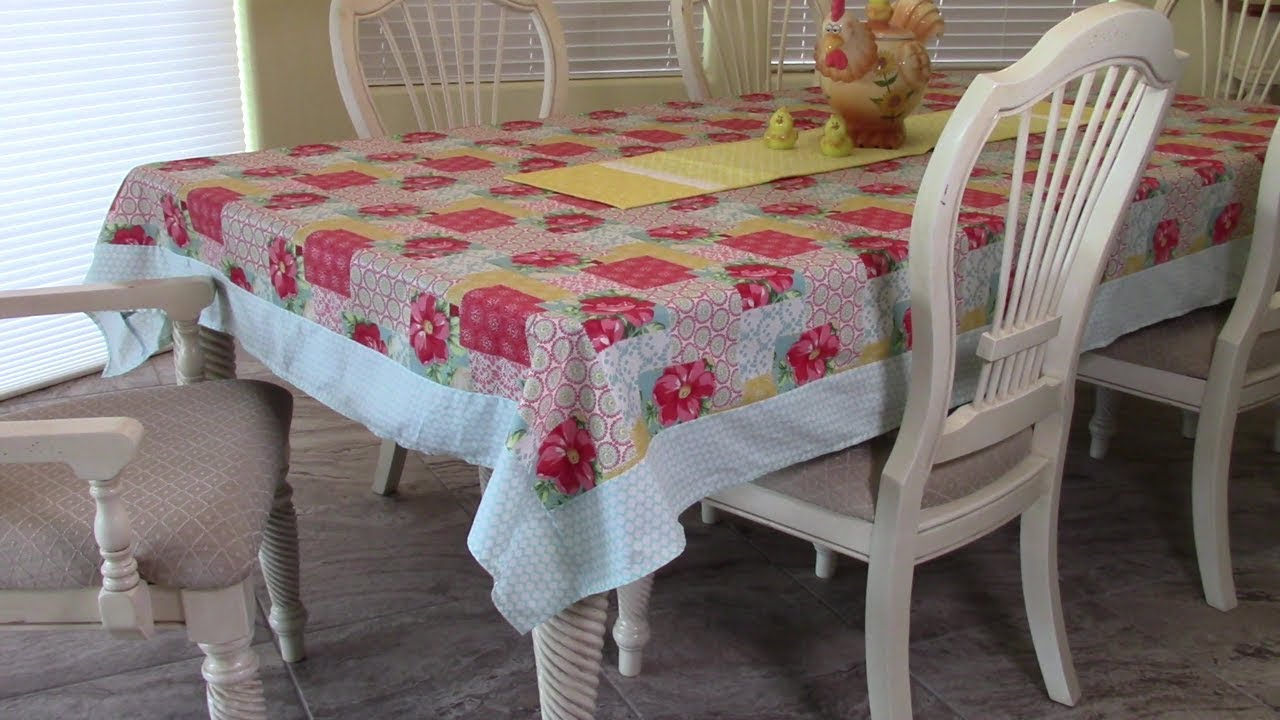
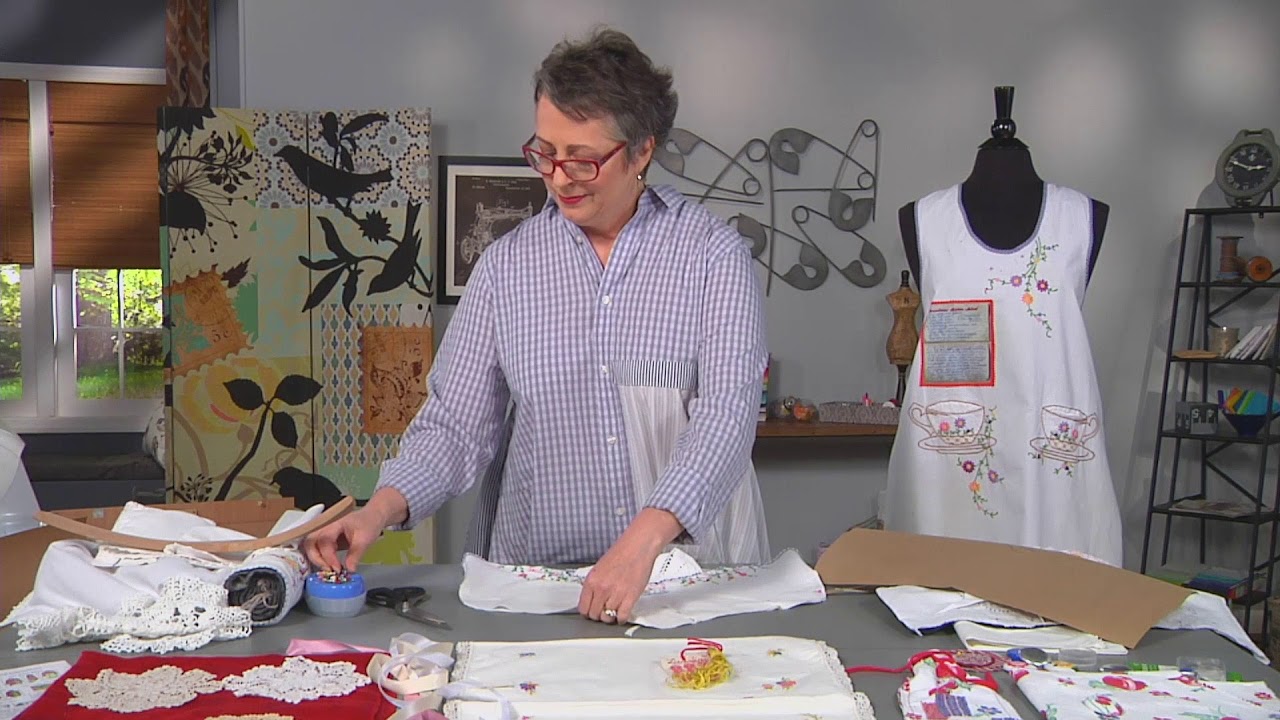
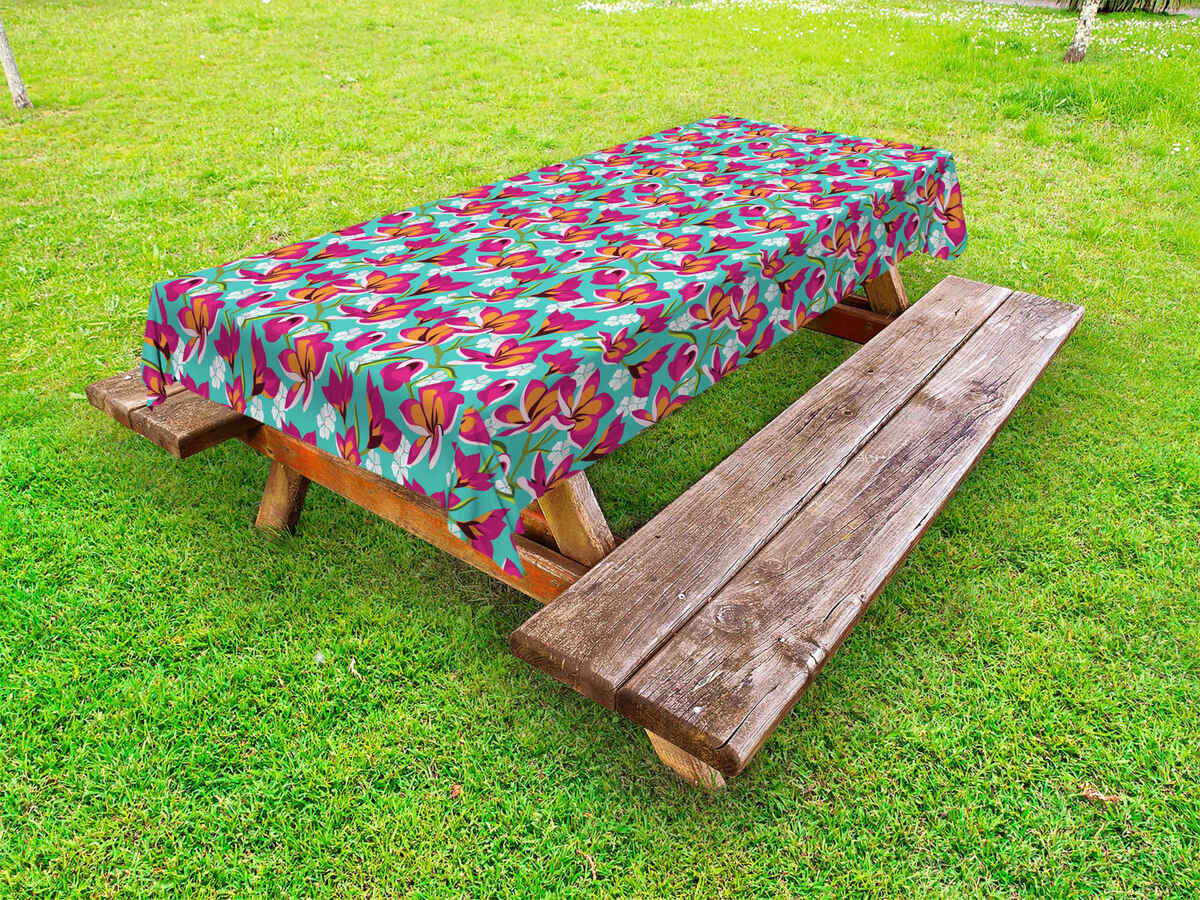
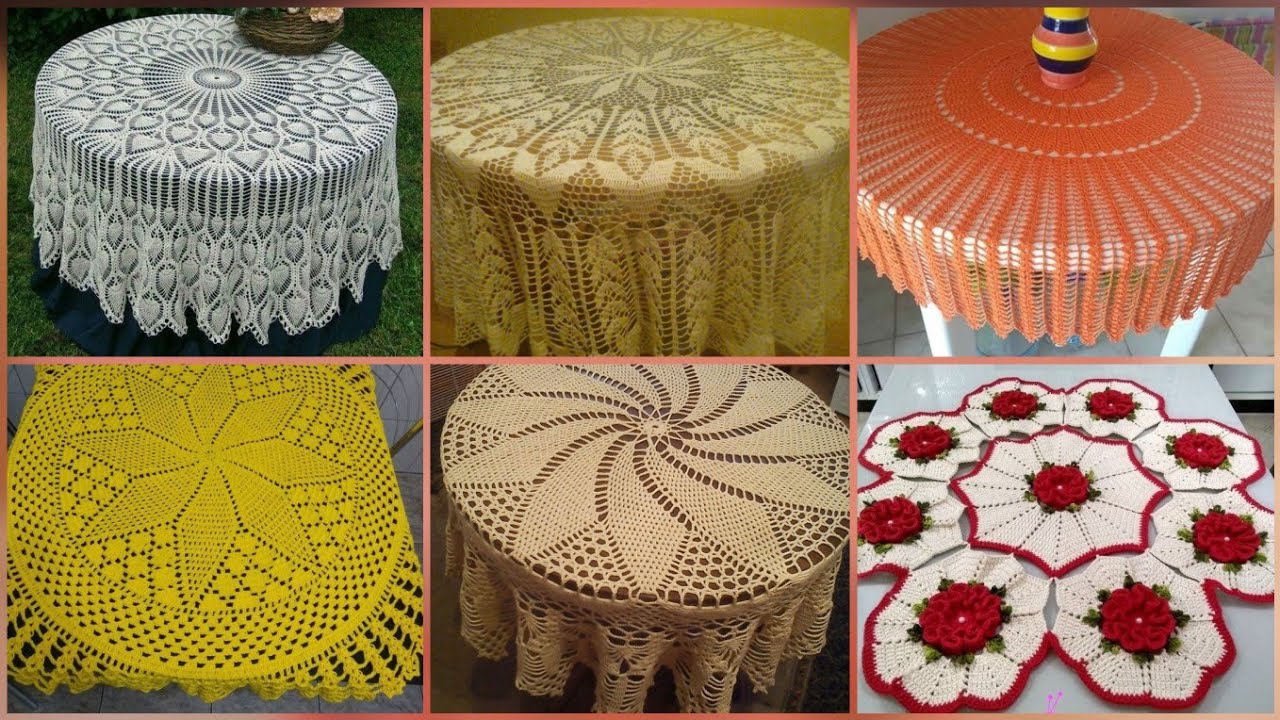
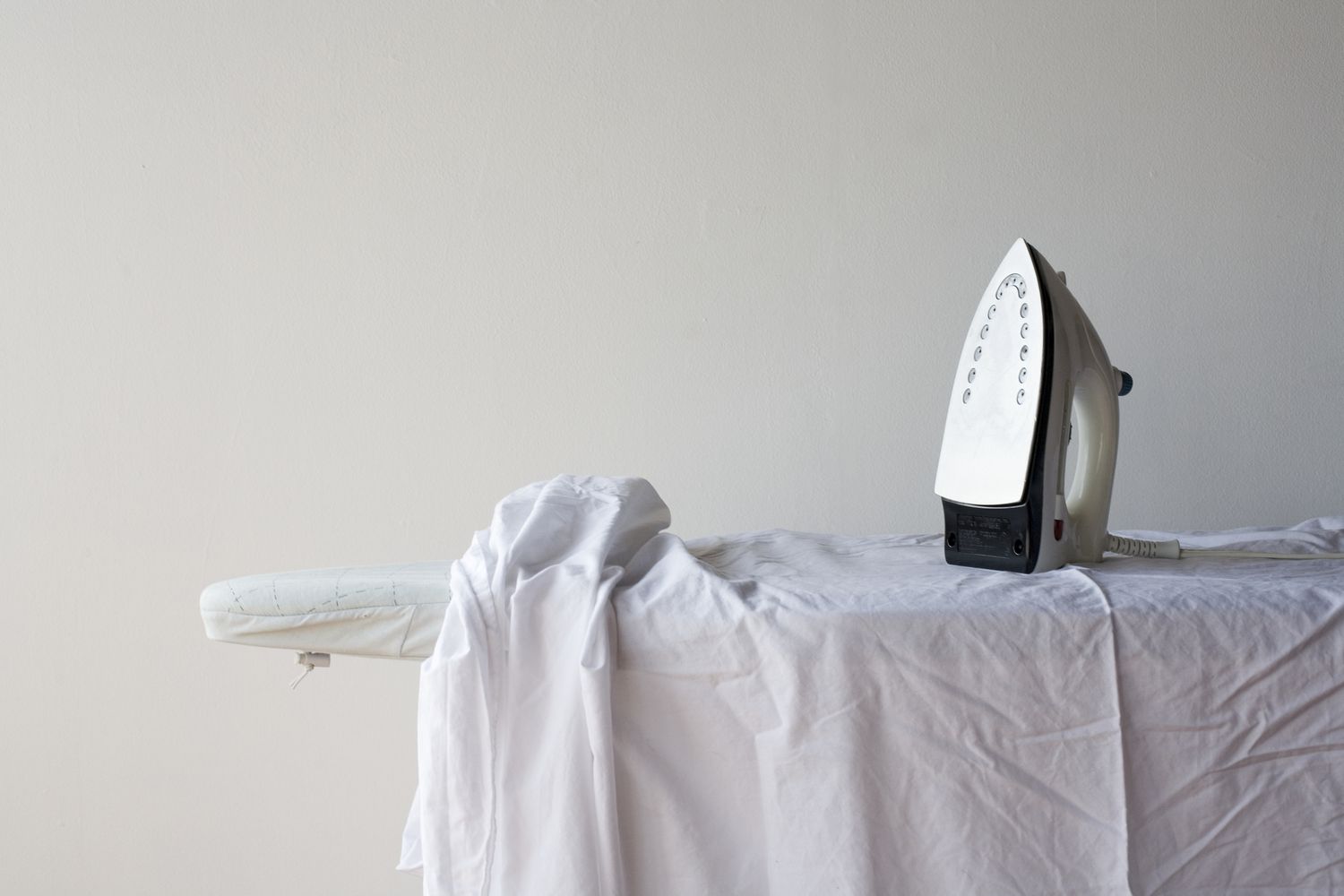
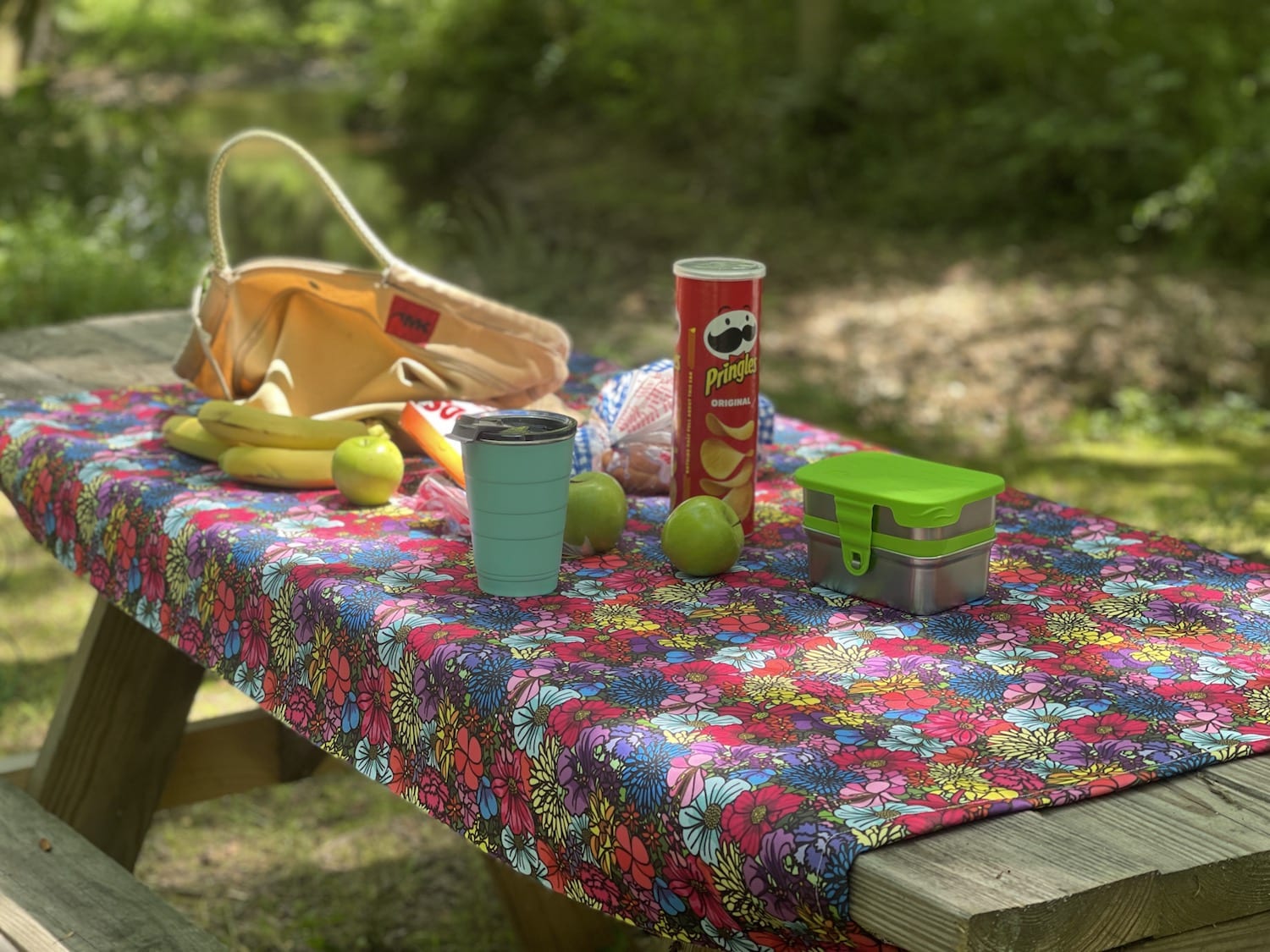
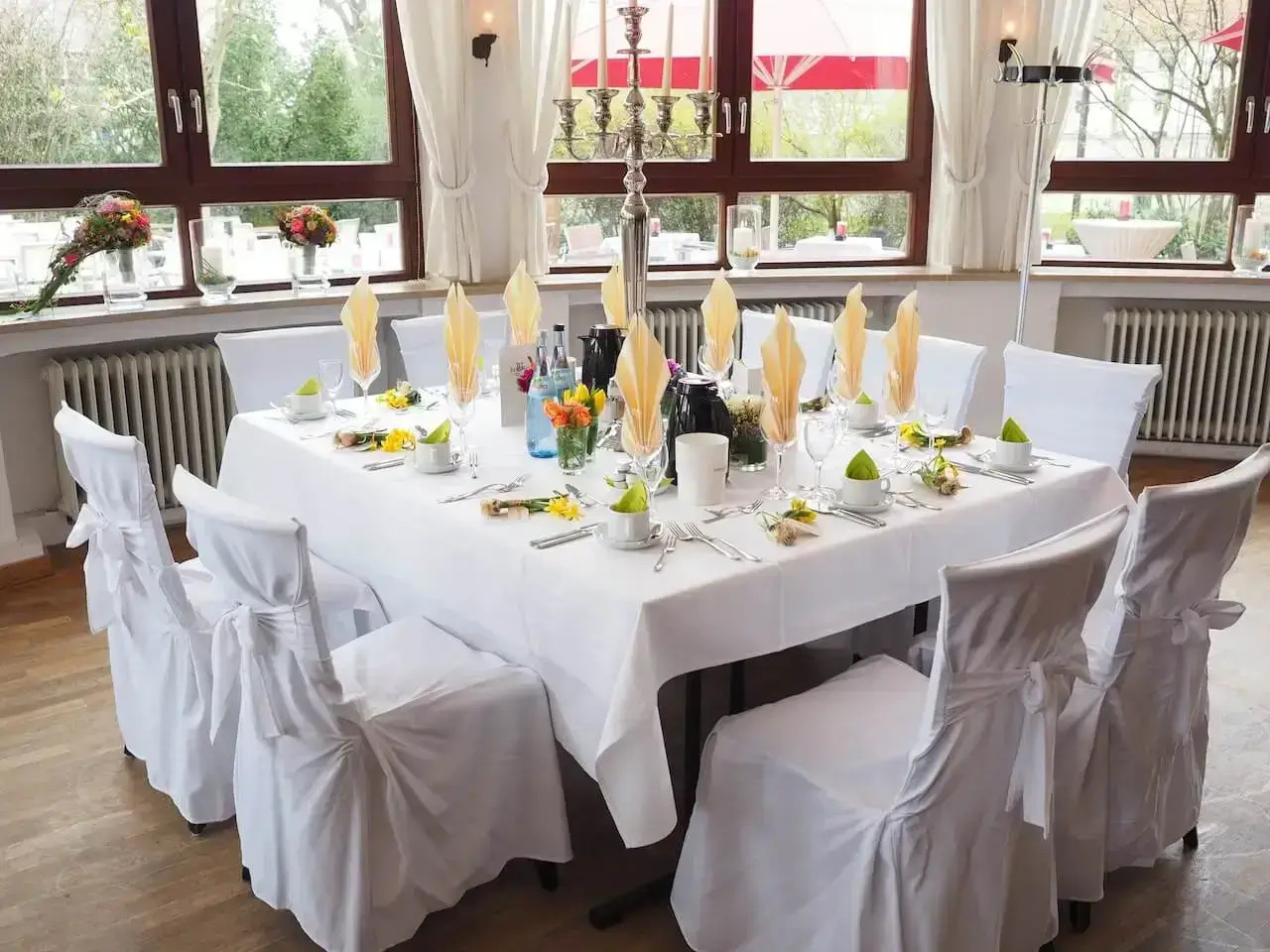
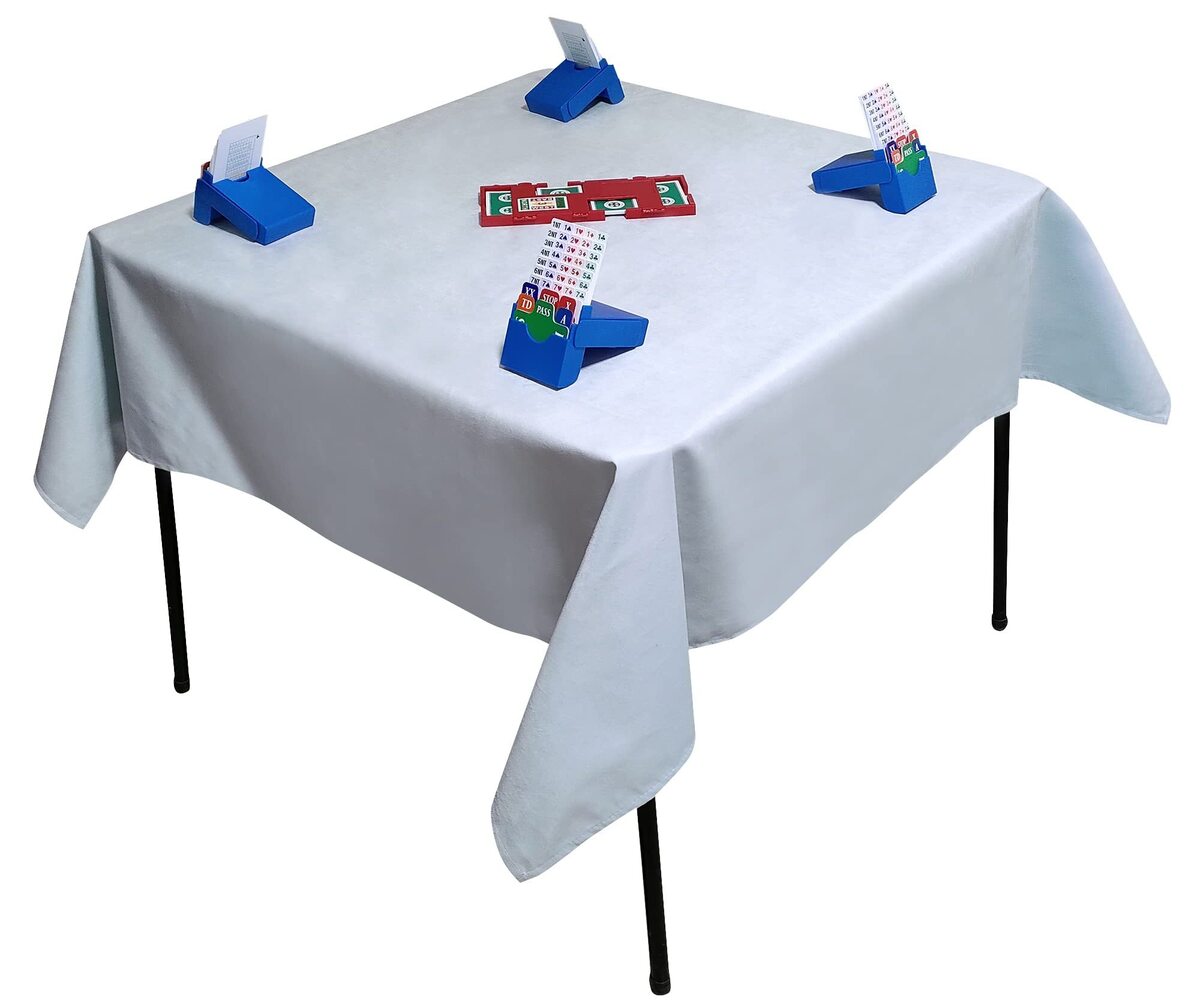
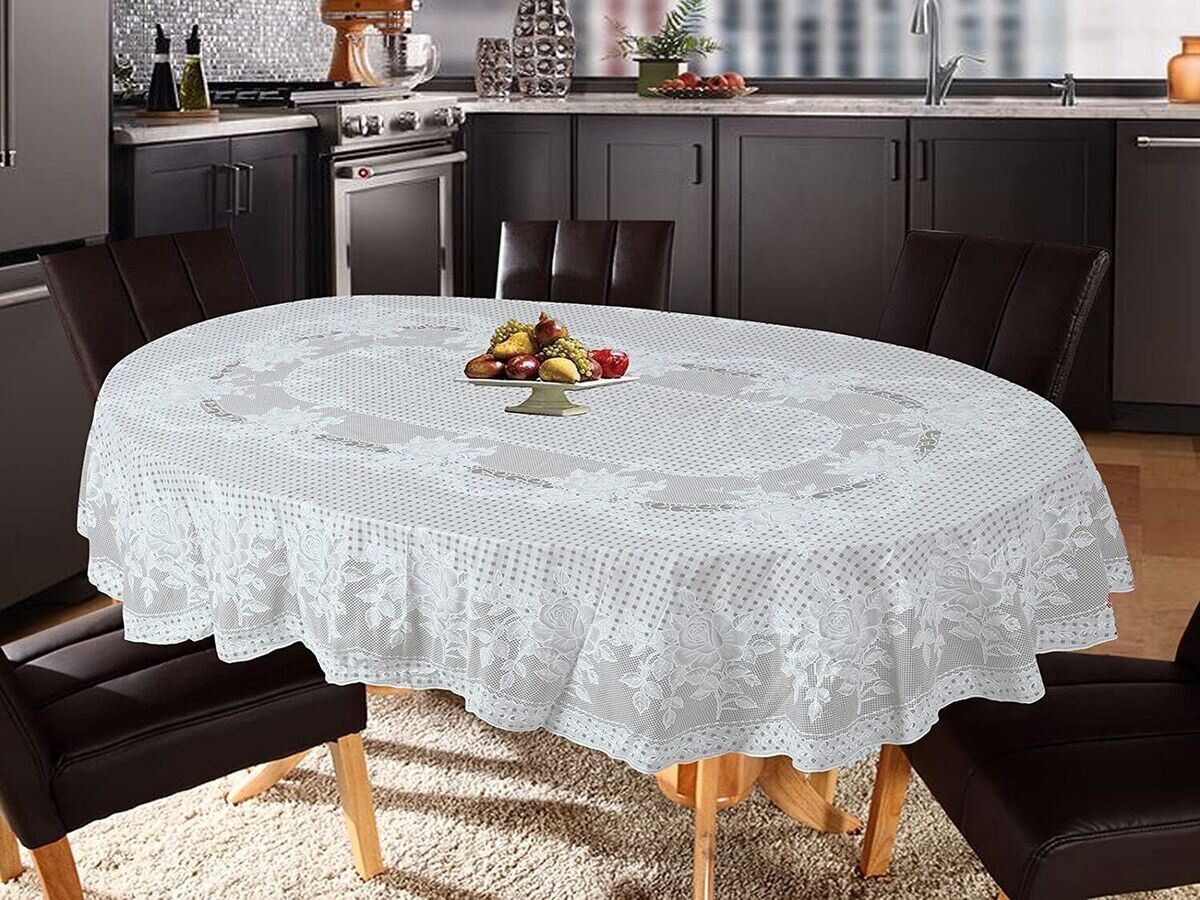
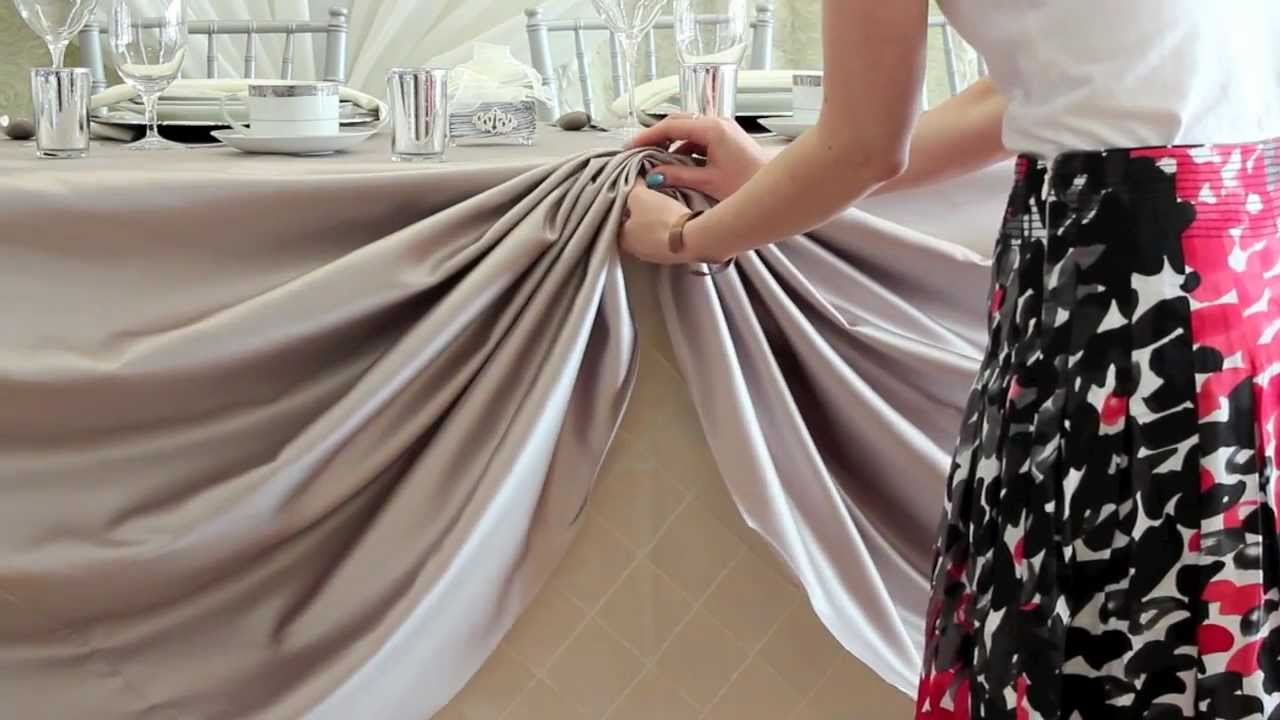
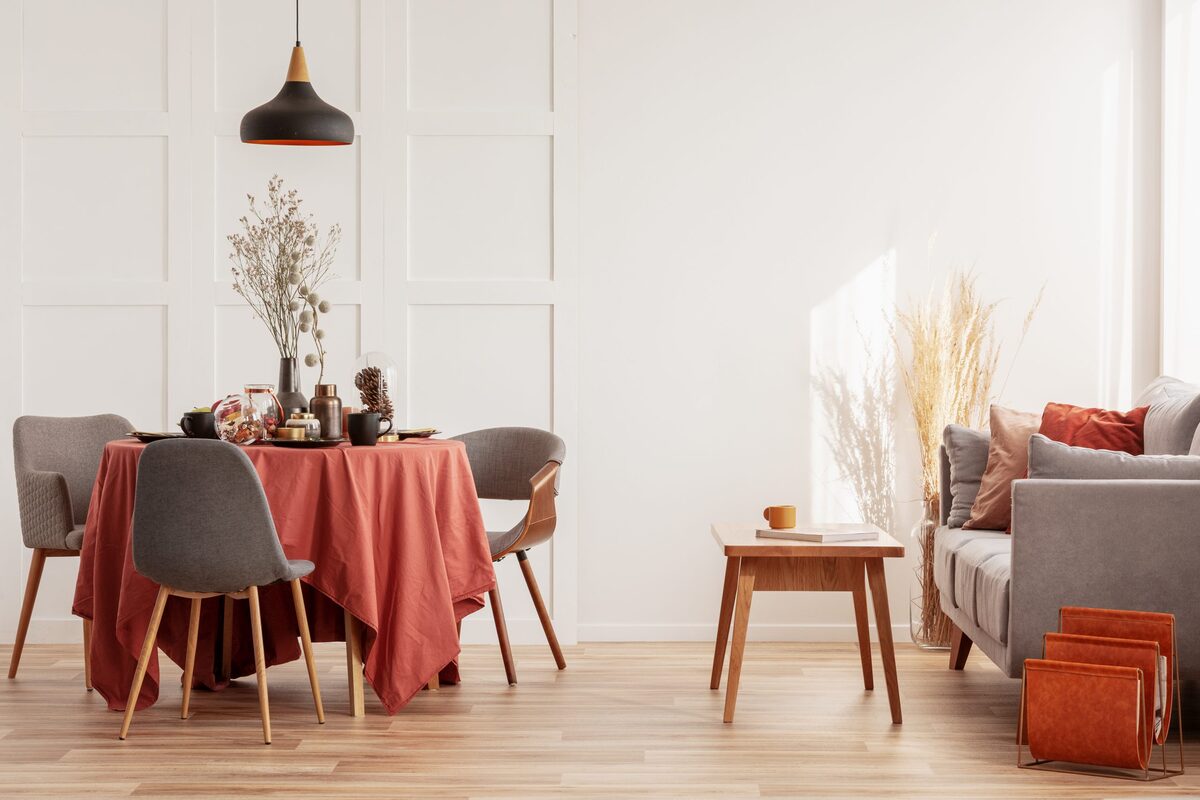
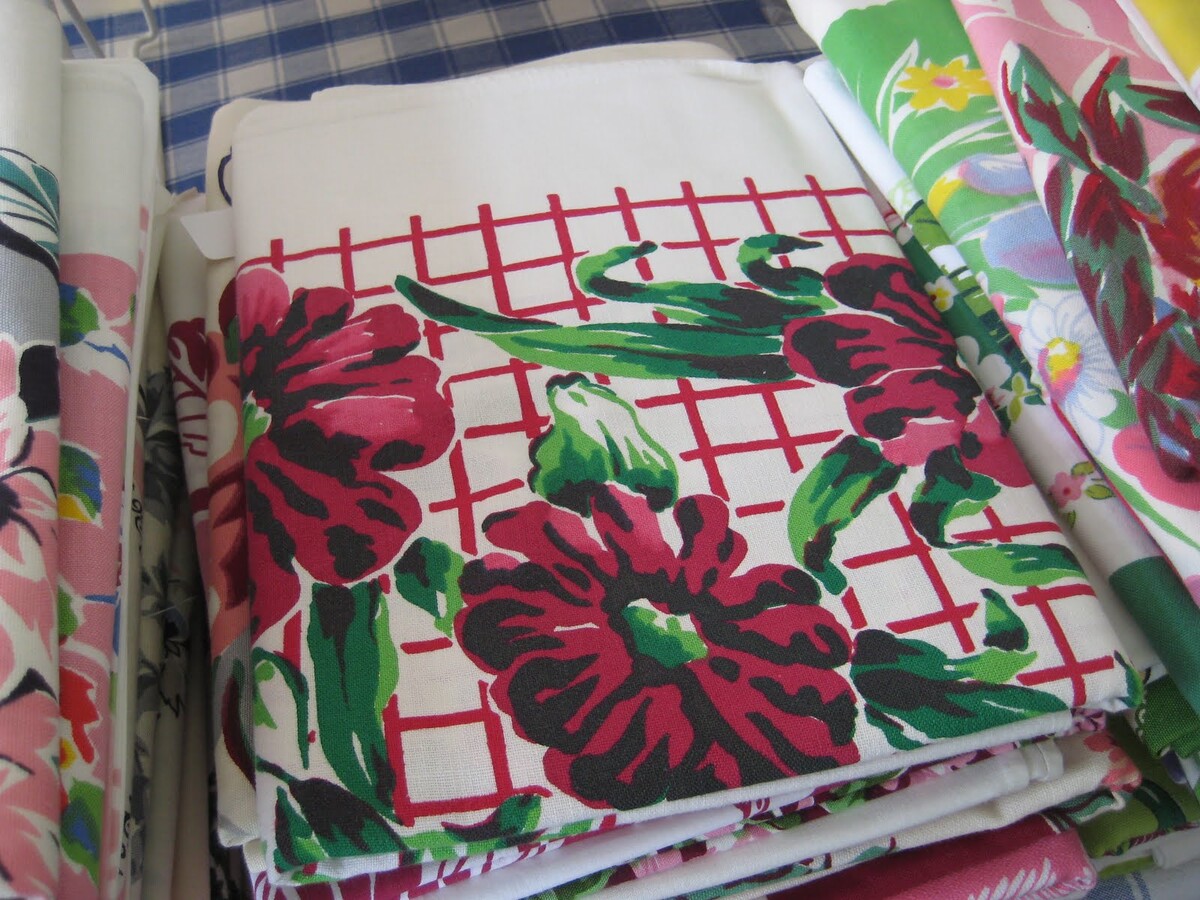
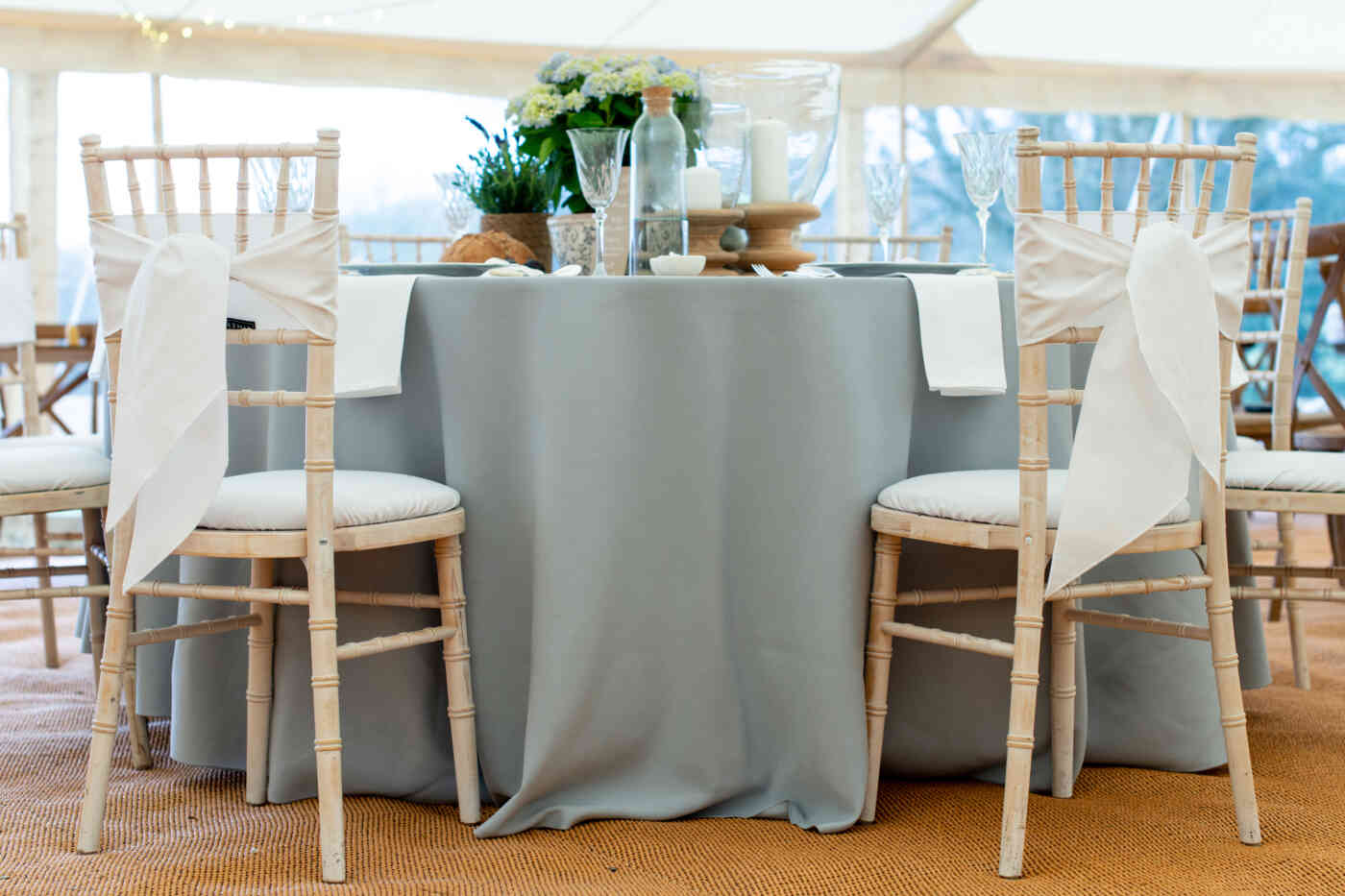

0 thoughts on “What Is A PEVA Tablecloth?”